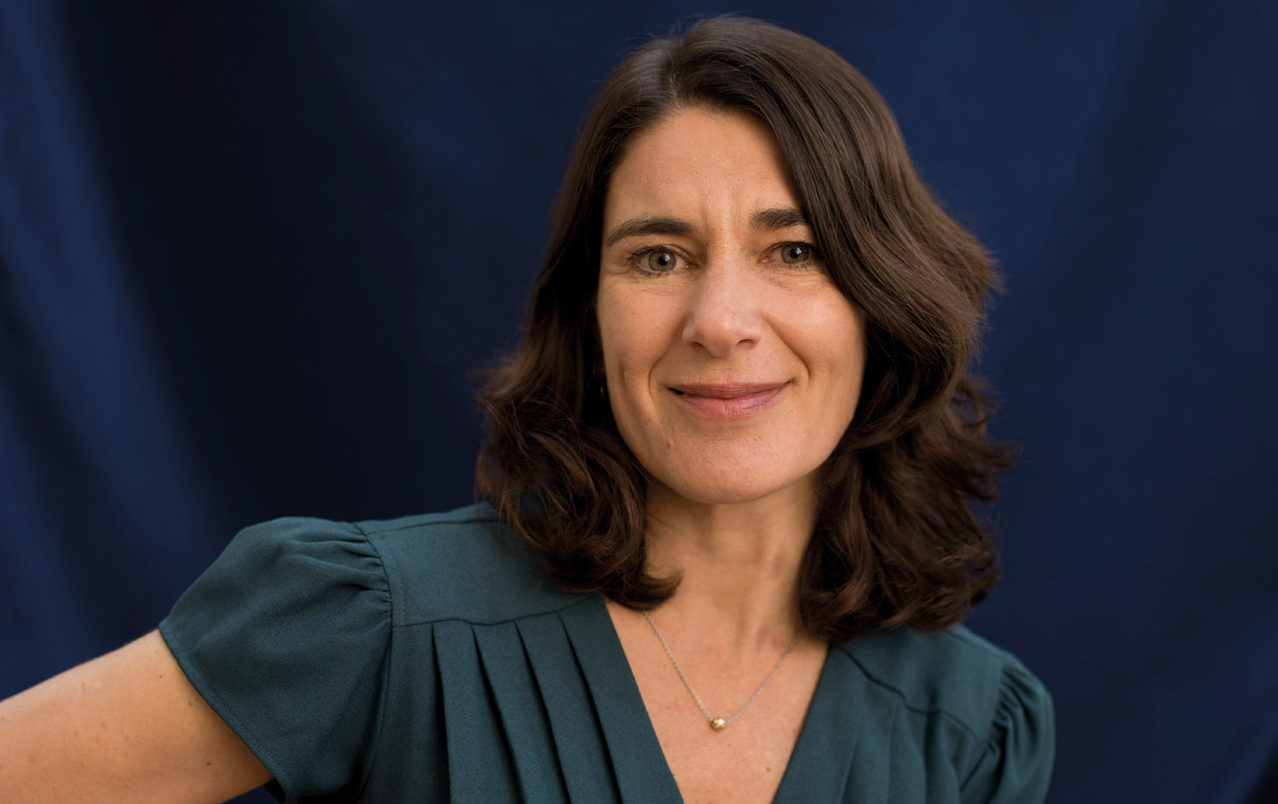Author Q&A:
Esther Freud
I Couldn’t Love You More
(Bloomsbury)
When teenager Rosaleen’s family moves to her mother’s native Cork, she is desperate to return to London, where she’s grown up and where the charming famous sculptor Felix Lichtman waits for her. But after a short blissful time together Rosaleen learns Felix is unable to provide her with the stability the young woman wants in 1960s London. Thirty years later and Kate’s husband is failing to provide her and her child with any kind of stability either. She contemplates a future without him, which begins with her delving into her past and a visit to Ireland. In the present day Aoife’s husband lies on his death bed and she opens up to him in ways she’s never dared. There’s a huge question hanging between them and Aoife has perhaps left it too late to get the answers she needs. Following three generations of women over half a century, Esther Freud’s characters are largely recognisable as her own family – her mother a Catholic schoolgirl from Ireland who became involved with painter Lucian Freud on moving to London. But Freud subverts her mother’s story with one simple twist of fate. What if her pregnancy had been discovered and she had not been allowed to keep her baby?
Did writing an alternate version of your mother’s story allow you to explore her reality in greater depth?
I started with the idea of love, and how different women from different generations were able to show love, both to their partners and children, which led me to writing about my mother. Spending so much time thinking about the essence of who she was did give me a greater understanding of her.
Tell us about the different narrative styles you employed for each of the three women.
I wanted to play with style in this book, and to be as free and playful as possible while telling a deeply serious story. It seemed important that Kate’s words were in the present tense.
The relationships your three female protagonists have with men are complicated in that while they are treated badly by them, they are still in many ways hopelessly in love with or loyal to them. Is love a sort of pathology? And are there parallels between this and the way the Catholic Church maintained its patriarchal hold in Ireland?
I wanted to show how women inherit ideas about love and loyalty, and how they choose to comply or rebel. Culturally women are lured into the idea that it’s safer for them to exist within the security of an institution – marriage, the church – when it is often detrimental and sometimes dangerous.
As with the sexual abuse scandal, the incarceration of single mothers and children by the church in Ireland relied heavily on the complicity of its congregation. Should readers see Aoife as cowardly or bound by circumstance?
Very much bound by circumstance. I do believe that often the congregation had no clear idea what actually went on. The church relied on shame to keep their victims silent.
Kate’s investigation into the circumstances of her birth takes place in 1991, two years before the Irish government issued a state apology for its complicity in the running of Magdalene laundries. Do you think wounds have begun to heal since the scandal was exposed?
It’s too early for that. The recent report into mother and baby homes across Ireland has disclosed a shocking level of brutality, and people are still reeling from the fact that more than 9,000 babies died in these homes between the 1920s and the 1990s, when they finally closed.
In London your characters are reading Doris Lessing while they’re burning Edna O’Brien’s books in Ireland. What caused that great liberal upheaval of 1960s Britain?
There was a boom of post-war energy, free thought and improvisation. To be young in London in the 1960s must have been so exciting, although society was still rife with disapproval and fear.
Kate’s search never extends to Felix but he looms large in her story as she inherits her art from him. What were you exploring about the legacy of the father?
I wanted to explore the compulsion to create and how, unbeknownst to Kate, this is something she’s inherited from her father. I was also interested in looking at how hard it is for a female artist, especially with a child, to lose herself in work in the way Felix allows himself to do.

Leave a reply
Your email address will not be published.